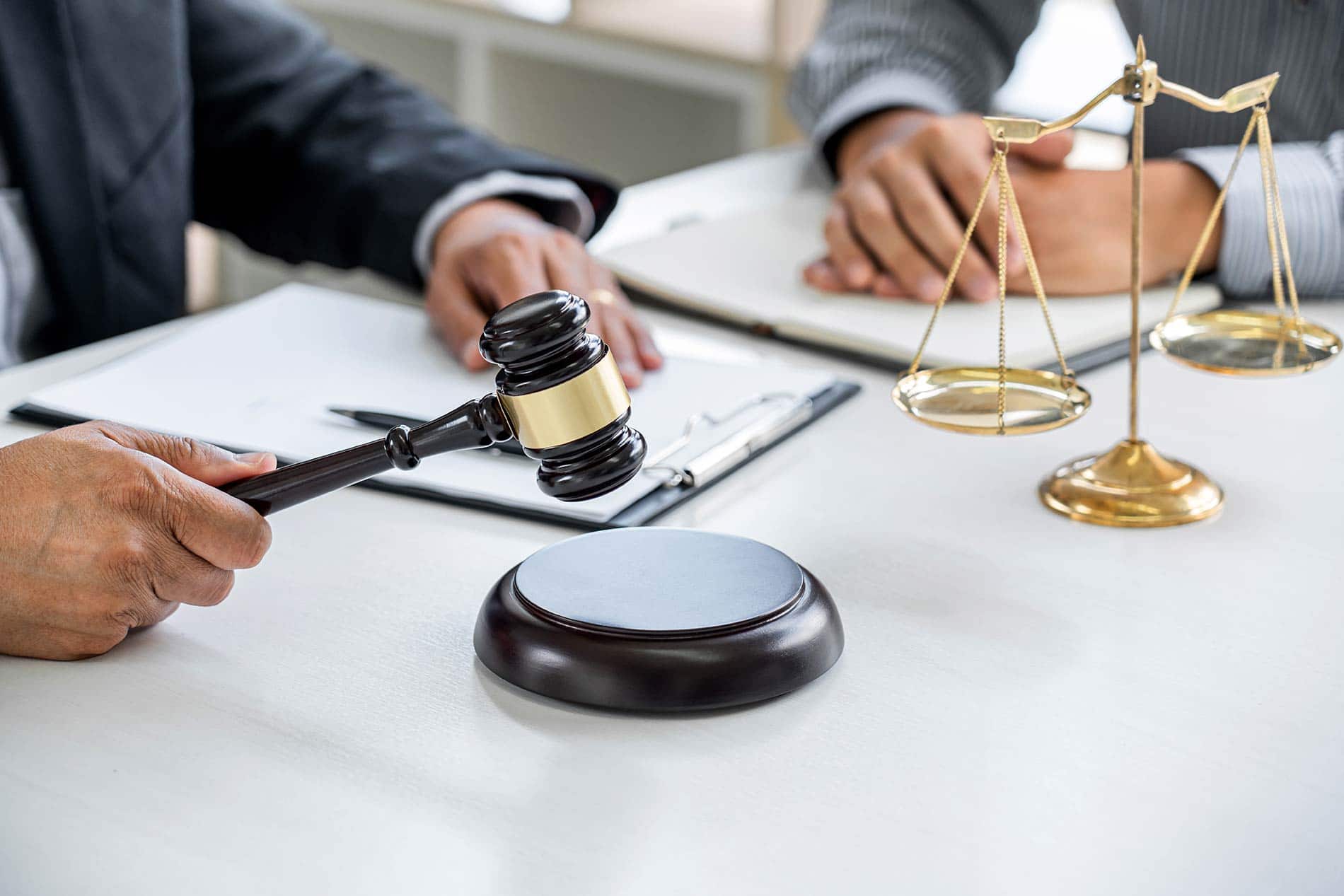Conveyancing is the process by which a property is legally transferred from one entity (seller) to another (buyer). The process is a legal one involving all legal titles and real property. It usually involves parties with a professional in between coordinating the affairs and overseeing the legal actions. Meanwhile, conveyancers can work for either the buyer or the seller. After registering the land as a plan contract, the potential interested buyer submits a bid for it.
When the seller accepts the bid, every other process begins to unfold in completing the transfer of ownership. In addition to simple conveyancing, we have organized the essential steps involved in the process. These steps define the standard contract of sale of land. It also ensures that all the property transfers are done according to the state’s rule of law. Let’s consider them one after the other.

Obtaining Finance
A potential buyer must recognize the amount of finance required to purchase a property. They start with the cost of the property itself to the stamp duty and other fees. These are the buyer’s responsibility. The potential buyer must also cover all the expenses in the conveyancing process. This coverage may be in cash transfer or by using a mortgage loan. In the case of a loan in acquiring a property, all the legal paperwork must be complete.
Preparation of contract
Buying a home in an Australian state is a legal action and therefore requires the professionalism of a property solicitor. But not all property solicitors are legal conveyancers with licenses to operate in that state. When you find a professional for conveyancing, you must receive a contract of sale as proof of the ownership transfer. This document, among others, must be duly signed and approved, containing all the property details. Until this document has been prepared, no property can be placed on the board for advertisement.
Offer
Any potential buyer who wants to invest in the listed property should make an offer on the property for sale. This offer may be subject to any requirement that the buyers may have as well as the specific settlement date. Moreover, other details may include setting a settlement date or a long time. Such a period can serve as a cool-off period subject to the availability of finance.

Acceptance of offer
When a buyer’s offer has been accepted, the bidder should take the next step to secure the purchase. At this point, he contacts the conveyancer overseeing the proceeding about the next steps. It will be to prepare the contract for exchange. Until then, the seller can sell the same property to another buyer if he accepts the other offer.
Signing and Exchange of contracts
Following the offer acceptance, what is next is the preparation, signing and Exchange of the contract in the following steps
- The vendor who is the seller appends the signatures and dates of the copy of the contract
- Moreover, the buyer signs the contracts and adds the date, then keeps a copy of the agreement for record purposes.
- The buyer deposits the agreed value of the home. At this point, the first deposit is usually about 0.25% of the property’s purchase price.
- The time has come for both parties to exchange the contract after receiving the signed copy from the buyer. On the other hand, the buyer also gets the signed contract copy from the seller. The agreement only becomes valid after this Exchange of contract has taken place.
Cool-off period
Often, when the contracts are sealed in principle at the end of the contract exchange, both parties may take some cool-off period. The purchase takes a day or two to cool off and ponder on the decision that was just made. At this point, the buyer may eventually change his mind. Such a case may be costly or proceed with the other steps of the conveyancing process. A standard cooling-off period is about five days, within which all the parties must resolve the move.

Similarly, the buyer and seller in the cooling off also ponder the action. Still, it is too late to sell to another buyer without facing the consequences. Therefore, while the cooling off is going on, the buyer’s conveyancing solicitor may be involved in consultation. The steps in consultation include the following with the buyer.
- A contract review of the sale to take a closer look at the conditions and terms of the agreement. Another reason for checking I to see if there are clauses that may have been omitted or included. Then, he advises the buyer on each of the terms of the sale to complete conveyancing.
- Another role of the conveyancers is the negotiation of the contract of sale with the seller
- This is also a period of checking or searching where the conveyancer can arrange for pest control. He can also take care of building or strata reports review
- The conveyancers advise the buyer on the amount of stamp duty involved in the transaction and the need to pay
- The buyer and the conveyancing solicitor discuss the opportunity to apply for a first homeowner grant. At times, it may be concessions for which the buyer may be eligible.
Payment processing
Another step is where the buyer pushes a confirmation of the loan to purchase the property from their bank. The approval should show a non-conditional acceptance where the purchaser can no longer pull out of the contract. However, suppose the buyer wants to pull out of the deal, especially when the cooling period is not yet over. In that case, he will lose 0.25% of the deposit that has been made upfront.
Conditions for no Cooling off period
Under some circumstances, the buyer does not have the right to a cooling period. They include
- When the property is being auctioned
- A property that has been bought on the auction day
- A property with an issued certificate under Section 66W of the Conveyancing Act of Australia. This certificate has to be signed by a professional solicitor or conveyancer to waive the cooling-off period.
More to read: Choices and Costs of Conveyancing in 2022





